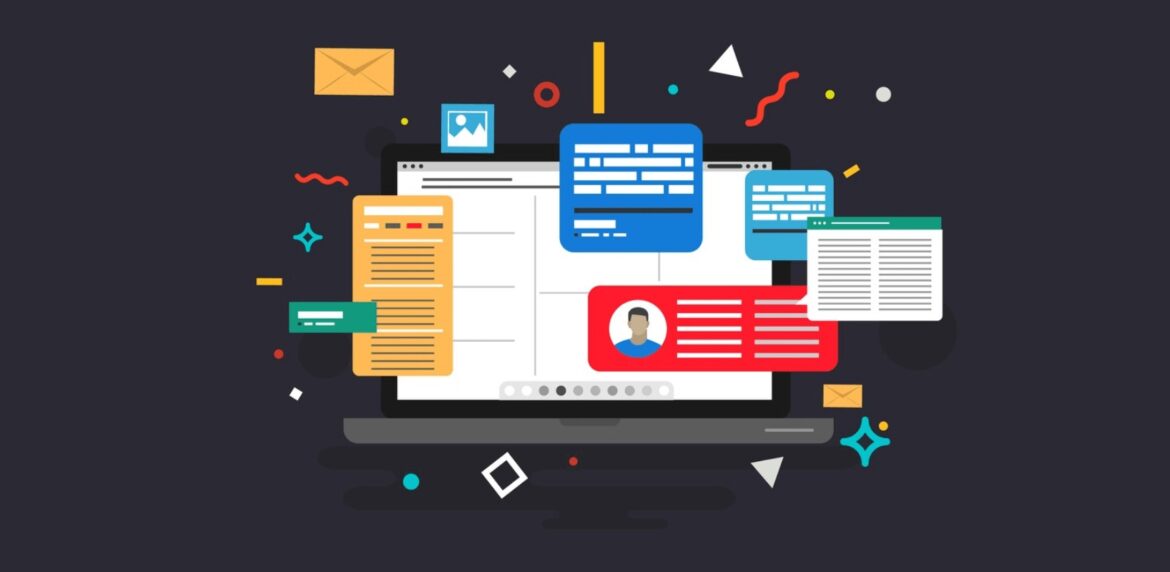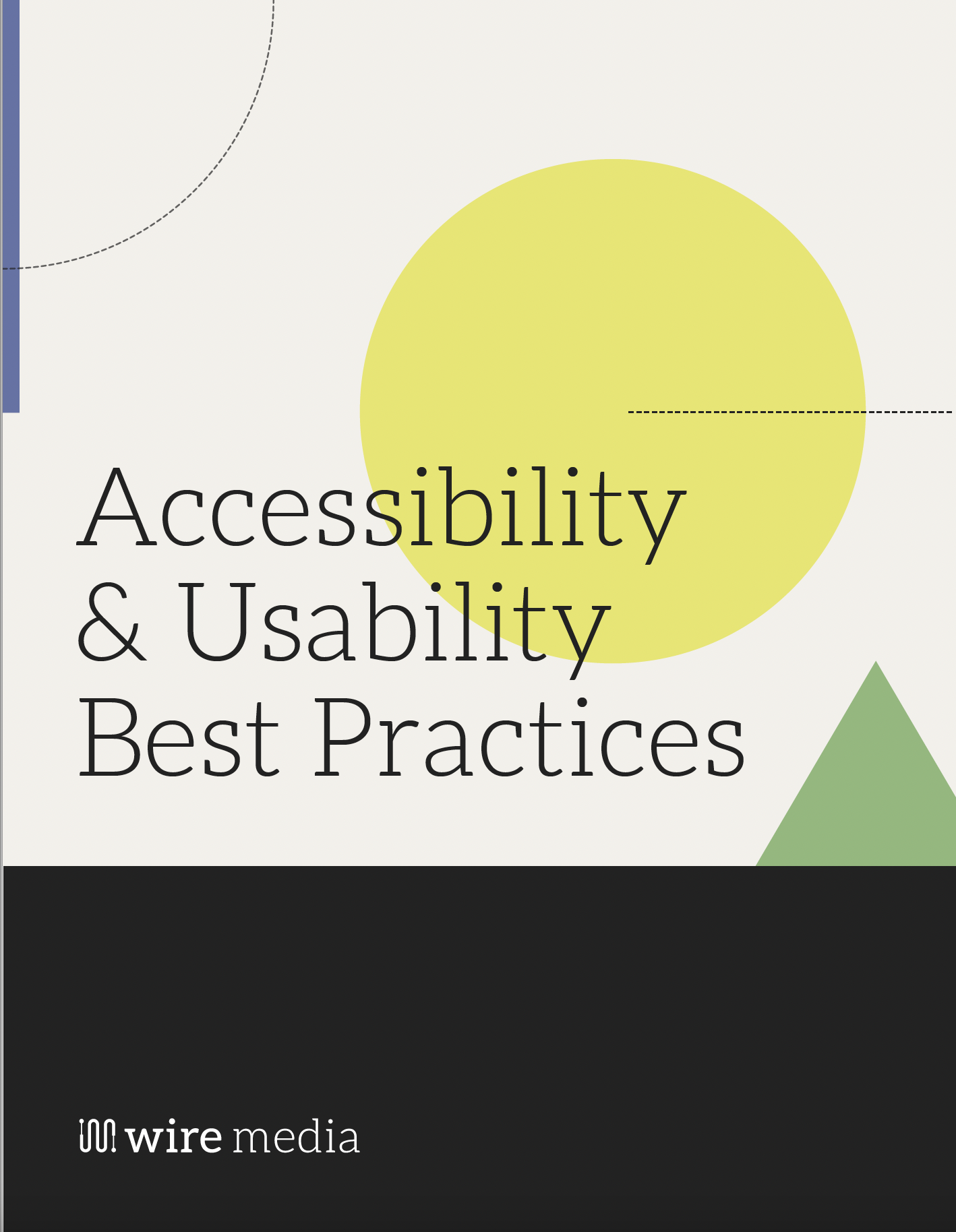
Website accessibility is the practice of making websites usable for people with disabilities, such as visual impairments, motor impairments, and cognitive impairments. There are a number of reasons to prioritize accessibility for websites.
First and foremost, making a website accessible benefits the end user. According to the World Health Organization, approximately 15% of the world’s population lives with some form of disability. This means that by not making your website accessible, you are potentially excluding a large portion of the population from accessing and using your website.
Aside from it being a moral imperative, making a website accessible also has practical benefits for visitor to your site. For example, people with visual impairments may use screen reading software to access websites. If a website is not designed with accessibility in mind, the screen reading software may not be able to properly interpret the content on the page, making it difficult or impossible for the user to access the information.

Let’s be clear. Making a website accessible also benefits YOU – the website owner. The Americans with Disabilities Act (ADA) requires that all places of public accommodation, including websites, be accessible to people with disabilities. This means that if your website is not accessible, you could potentially be at risk of a lawsuit.
In addition to legal considerations, web accessibility could have a positive impact on your business. It allows you to reach a wider audience and potentially increase your customer base. This can lead to increased brand loyalty and positive word-of-mouth marketing, as users will appreciate the effort you have made to make your site accessible to more users.
The takeaway: making your website accessible is important for both your audience and you. It benefits the web user by providing them with equal access to information and resources, and it benefits the web owner by increasing their potential audience and reducing the risk of legal action. It’s a win-win for everyone!
Further reading and resources:
